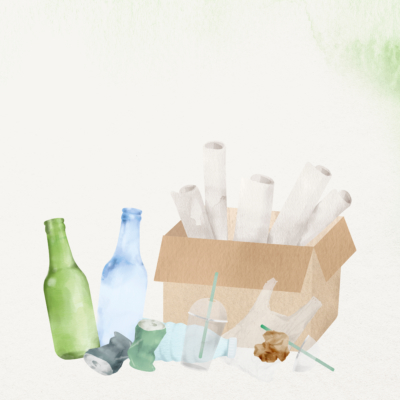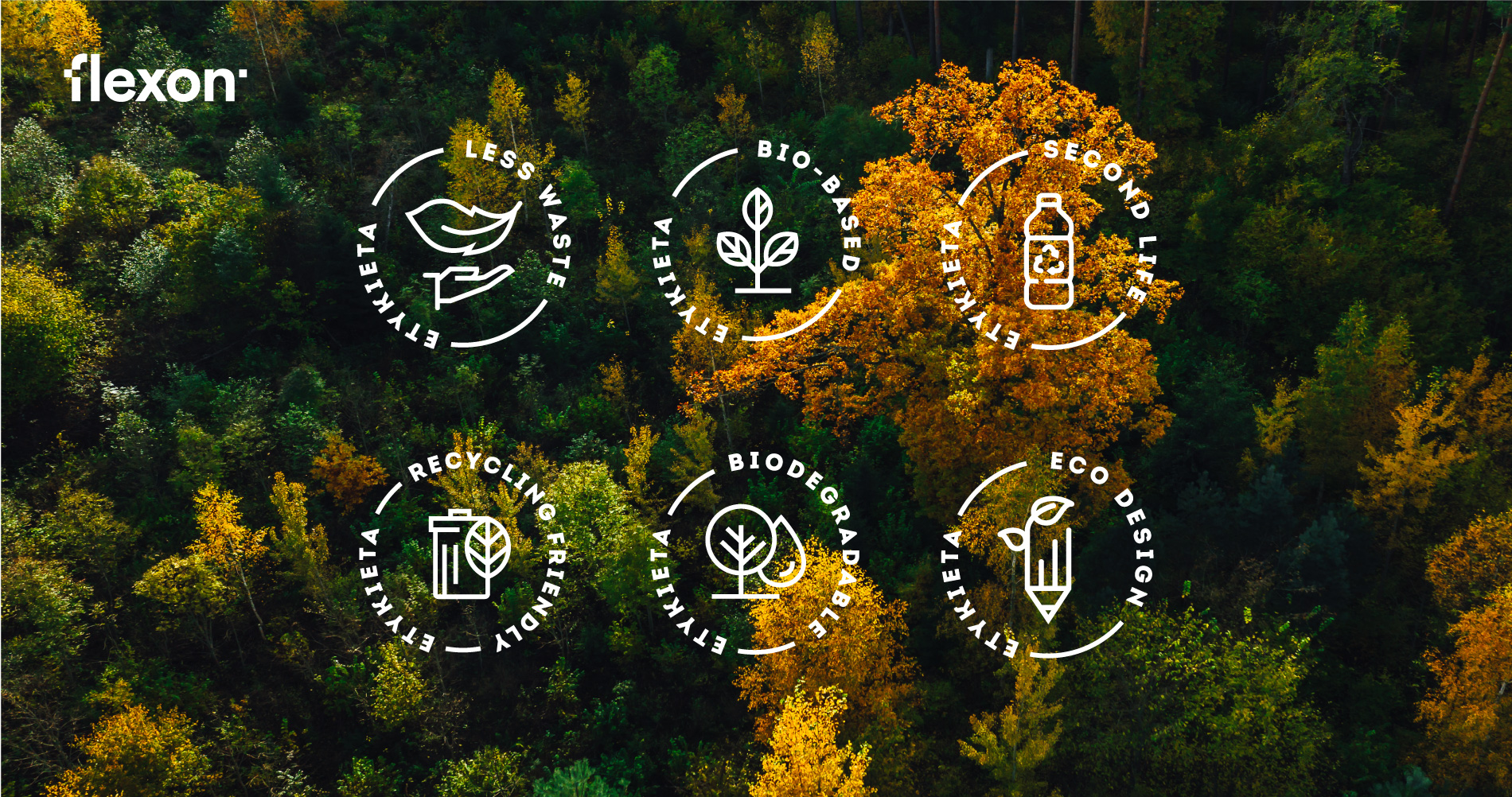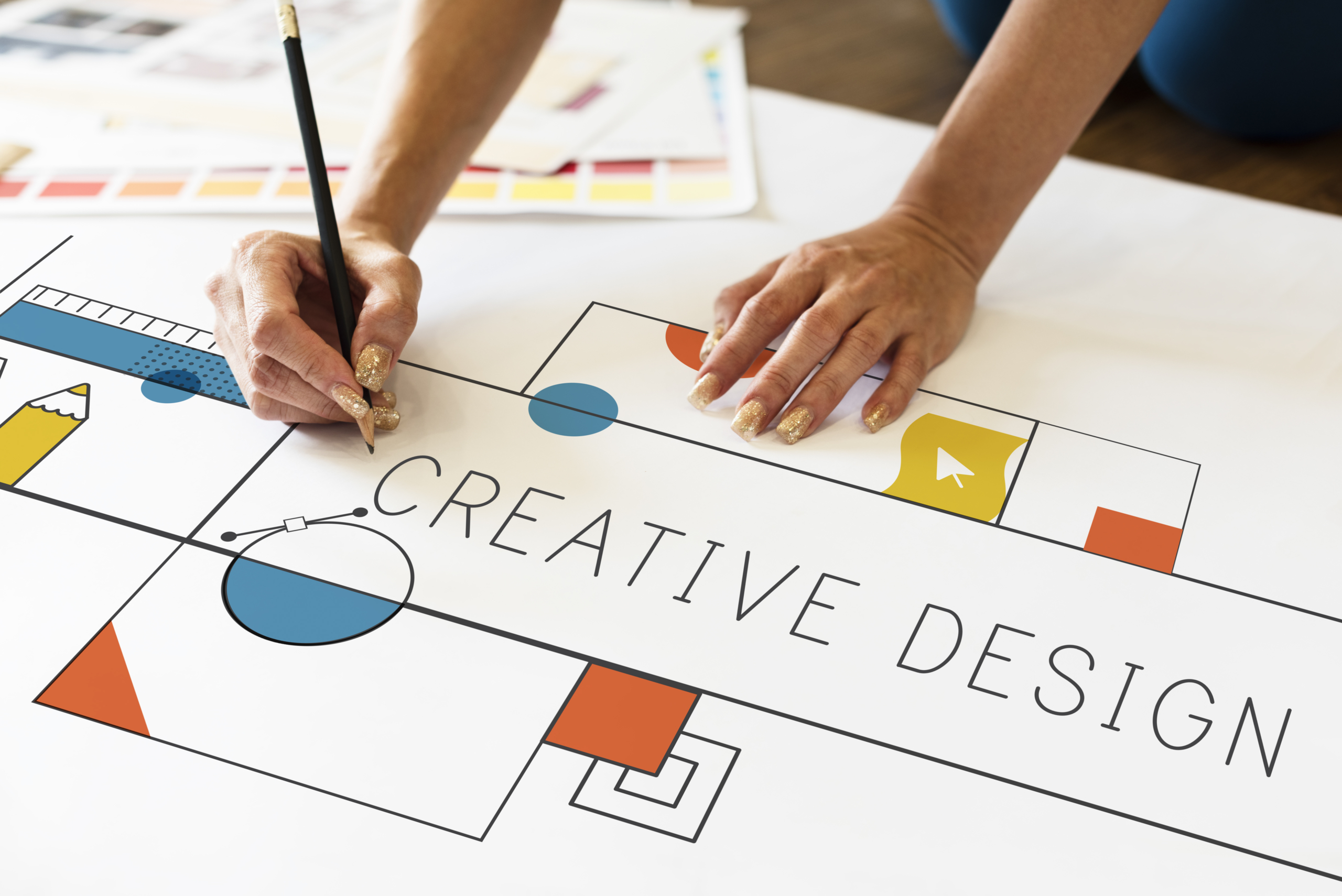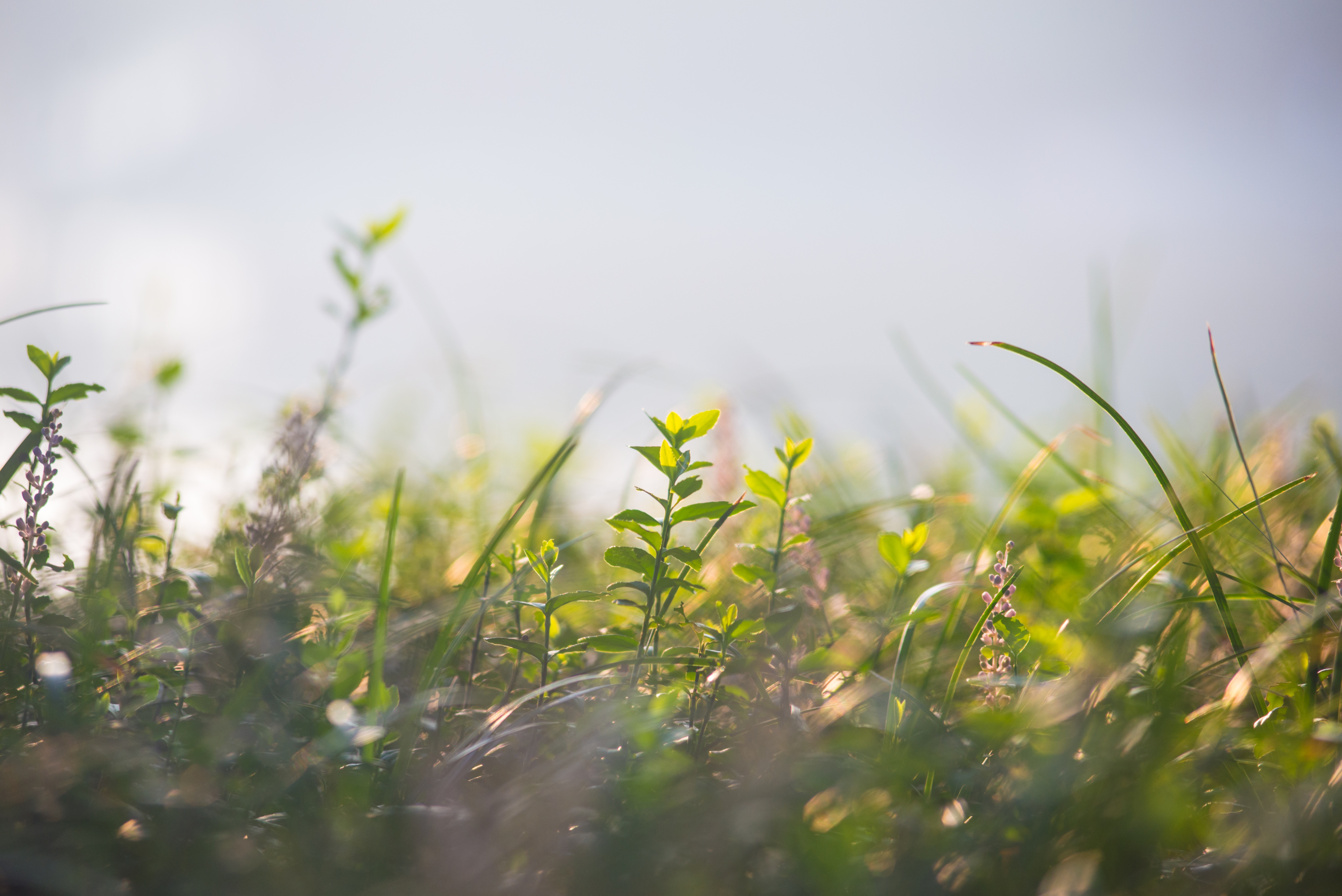We print rubbish – or why Flexon has gone green.
Many years ago, we decided to specialise in printing self-adhesive labels.
Labels are unique in the sense that they give the possibility to decorate products quickly and conveniently. They not only inform the consumer about what is in the packaging but create a feeling towards the brand in a split second.
We have fallen in love with them.
The vast array of different materials and applications has made our work an incredible adventure. It became our mission to advise customers so that their products would stand out on the shelves. We didn’t just want to supply labels, but to help our customers create self-adhesive works of art.
As the company has grown, which has always been driven by a desire to make a positive impact on the world, we have slowly begun to realise that by printing beautiful labels, we are in fact ultimately just printing rubbish. Labels are an integral part of packaging and these labels are one of the biggest litters of our planet.
A poorly chosen label can effectively prevent a package from being recycled.
We felt a great need to start working towards a change in the industry.
Packaging will not cease to exist. We need it to transport and store virtually everything. However, with well-designed packaging, you can ensure that it does not end up in landfill.
We realised that if we could convince our customers to use more sustainable labeling solutions, our production waste would be greener too, and their packaging would have less of a negative impact on the environment.
We started a new adventure, an adventure in helping our customers to make their packaging not only more beautiful, but also more sustainable.

The first, and very important step was to gain the necessary knowledge
-what ecological materials are available
-how recycling works in Poland
-what is the knowledge and awareness of our customers and end consumers
After two years of gathering knowledge and information, we have come to the conclusion that there is confusion and misinformation on the market, especially regarding the use of self-adhesive labels.
Everyone talks about ecology, everyone boasts about being green, but in fact most packaging is produced in a standard way and often ends up in a landfill or incinerator.
Customers really want to be eco-friendly, consumers also expect more responsible packaging (according to research, they are even willing to pay more for it), but market awareness is low. We came to the conclusion that in order for our actions to actually have a positive impact on the environment, we need to simplify our offer and start making customers aware of actions that actually reduce the negative impact of packaging on the environment.
It has become apparent that there is no single right way to use sustainable packaging as it depends on many factors. However, in order to better understanding of the situation in which the industry finds itself, we have decided to divide this complex path of efficient use of available materials into 6 different solutions.
We have labelled each of these ways with a pictogram.

We encourage our customers to take advantage of the opportunity to place such a marking on their label. By doing so, they communicate to their audience why the label is more environmentally friendly, spread an attitude of brand responsibility and also build an informed choice among customers. You can find more information about our programme here: link
Eco Designed Labels
Eco-design is a term slowly coming into use in the packaging industry. In fact, it is the most important. If packaging designers take the approach of having the least possible negative impact on the environment, it is already a huge step towards more responsible packaging. If they don’t, or if they do so without knowing what they are actually doing environmentally, it is much more difficult to continue trying to go green. In order for a label to carry our “EcoDesigned” label, it must meet a number of requirements designed to ensure that the packaging has a lower environmental impact.
By fulfilling these requirements, the customers can be assured that their packaging is more environmentally friendly and the pictogram on the label also informs their customers of this. Details about the eco-design requirements can be found on our website: link and in the eco-design article here
Less Waste labels
A favourite environmental route of our customers. Why? Because it proves that going green doesn’t have to mean spending more. We print Less Waste labels on specially constructed materials with a reduced basis weight while maintaining their properties. Thanks to the special construction, labels made from them do not actually differ from standard labels. However, thanks to the reduction in basis weight, their impact on the environment is significantly lower. The cost of such a solution is much more attractive in comparison to other ecological materials.
You can read about all the benefits here: link
Second Life Labels
The reason for the name is that these labels represent the second life for waste. By using materials made from recycled resources, we reuse waste to decorate the product.
A great eco-activity for a closed-loop economy that means raw materials don’t end up in an incinerator or landfill but make new products.
More at: link

Recycling Friendly Labels
In order to use recycled materials, we need to make sure that the packaging is recyclable. Labels in this group allow packaging to be recycled as easily as possible, supporting the recovery process through material consistency with the packaging. Or, they offer the possibility of separating the label from the packaging with the least possible energy input.
Complete information can be found at the following: link
BioBased Labels
One of the most frequently used materials for labels are films. They allow the production of 100% waterproof labels. Typically, films are produced from petroleum-based granulates, a fossil resource that we know is becoming increasingly scarce. An alternative is films of plant origin. These should not be confused with biodegradable films, which are discussed in more detail in our last category.
Bio-based films are made from ethanol – produced by processing biological materials such as wood or sugar cane, which are renewable resources. Often based on the use of a certain waste product, e.g. during biofuel production. BioBased labels do not differ in appearance from standard labels, but have a much lower environmental impact. More information on the topic can be found here: link
Biodegradable Labels
As the name suggests, these are labels that will decompose. This would seem to be the most interesting of all approaches to ecology, but this is not quite true. In order to be able to explain the intricacies of this topic, we unfortunately lack the space in this article, so we invite you to read an article dedicated to this topic here: link
 Summary
Summary
We are taking the path of ecology not only with our products but also with our functioning. We want our actions to be real and not just green marketing. We realise that by doing information work we are giving away our ideas to our competitors, nothing wrong with that. If the planet benefits from it, it won’t be a wasted effort.
Not everything can or should be converted into money. Making a positive impact on the world is our mission, and ecology, apart from supporting our employees and the local community, seems to be the most natural direction for us. We print rubbish, but perhaps by gradually working consistently to promote a green alternative to standard materials, we will be able to produce more and more while littering less and less.
Each of the above issues is quite complex to describe in one article, so we encourage you to read the information on each issue separately.
To stay up-to-date on the topic of eco-labelling, follow our social media profiles.



